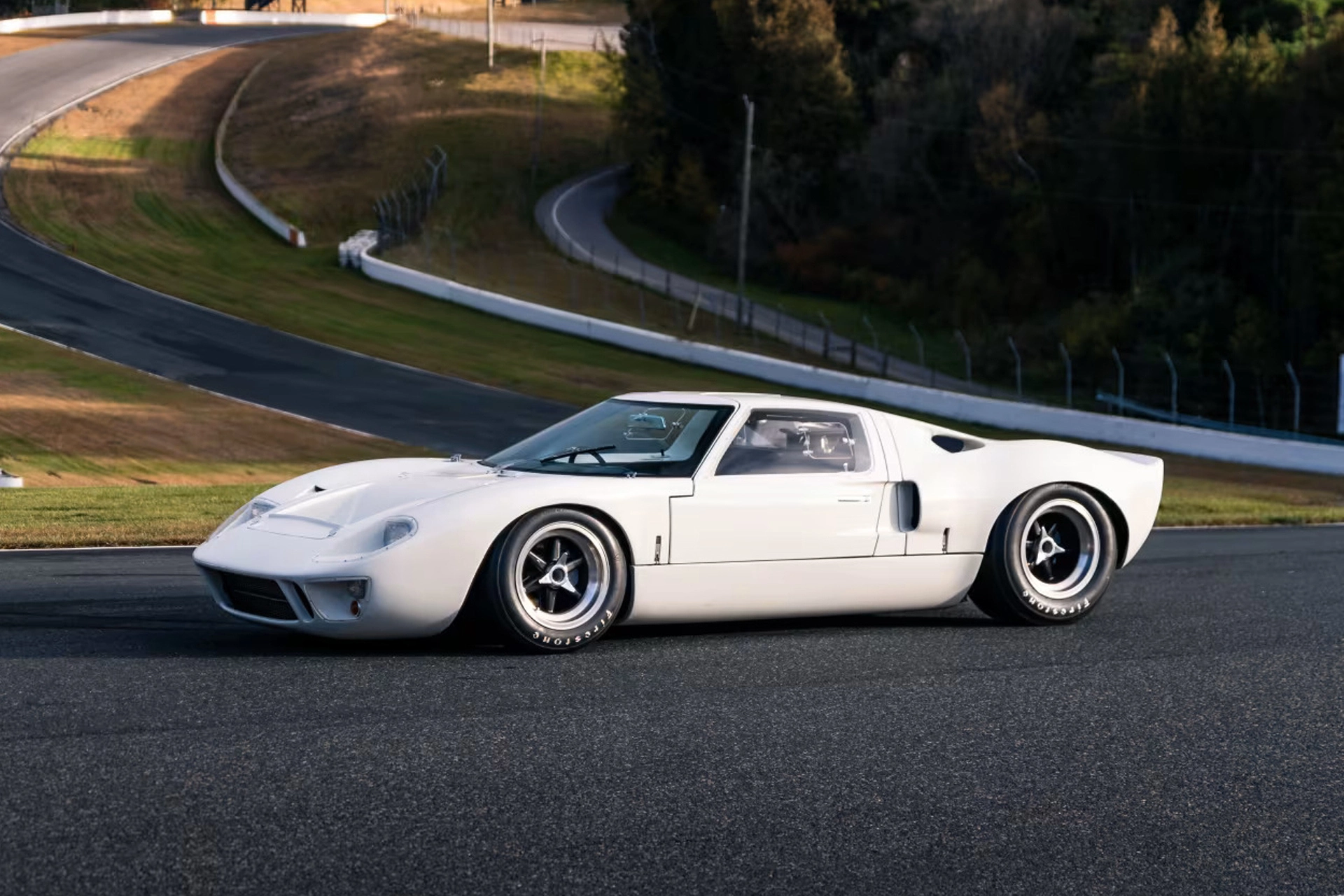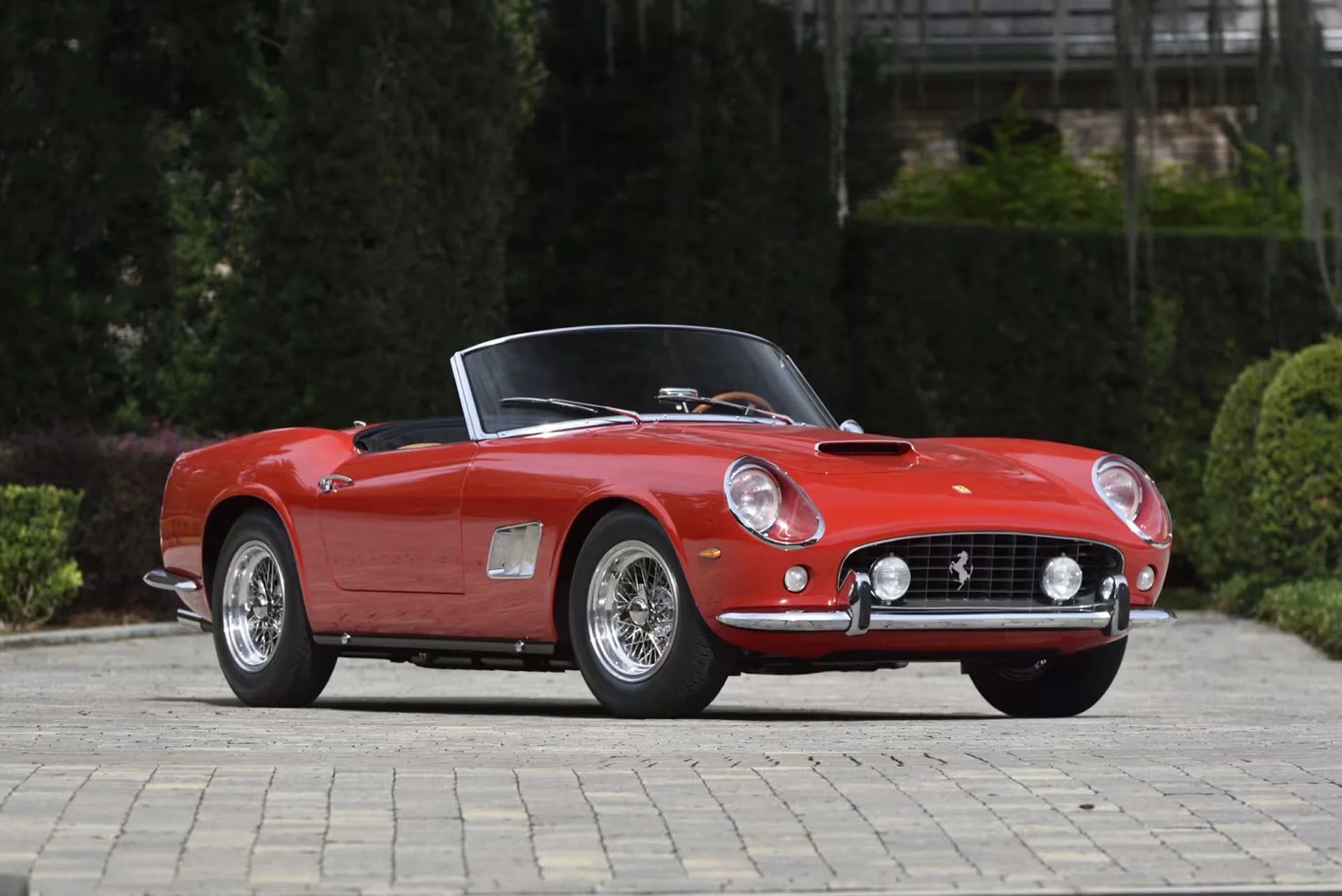The Spectacle Successes of Dana Mecum’s Auctions Renewed in Indianapolis
24 May 2025 4 min read 12 images

Photo credit: Mecum
Every auction house has its own style and marketing. Among the most common tools is the live streaming of auctions to attract viewers and convey the many nuances of this kind of sale. Dana Mecum was the first to grasp the potential of television both for communication and for gathering potential clients. What does this mean? Quite simply, turning every Mecum auction (there are roughly 14 a year) into a live television spectacle. By the end of the first decade of this century, the channel used had become Motor Trend. To clarify: those watching TV see the auction live, but they cannot interact or buy. The goal is to attract interest and promote the next auction. Those who are intrigued will then attend in person — and in a fair number of cases — buy. To get an idea of the impact of these live broadcasts, think of numbers comparable to major sporting events. Television was a lifeline for Mecum, as founder Dana Mecum stated a few years ago. This sale marked the debut on ESPN+, but clients adapted quickly, and the numbers prove it.
Register to unlock this article
Signing up is free and gives you access to hundreds of articles and additional benefits. See what’s included in your free membership. See what's included in your free membership.
Already have an account? Log In


